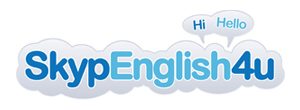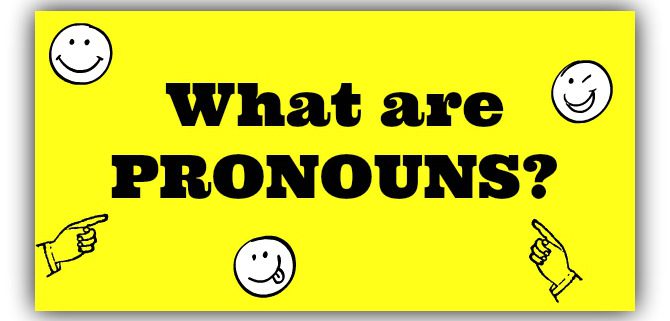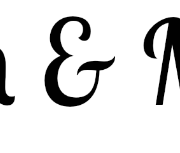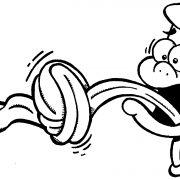What are Pronouns?
Pronouns are words which replace a noun: I, me, she, we, they, who, that, yours, his, her,etc.
[gap height=”5″]
Pronouns should only be used if the name of the person (or group of people), place (or places), or thing (or things) has been previously mentioned in the paragraph. If it’s not clear which thing the pronoun is modifying, the reader can get quite confused.
Uses of Pronouns
We use pronouns so we don’t have to repeat the noun; it makes it sound a little better when we’re talking about one subject for several sentences.
- When Michael first started Michael’s new job, Michael was a little apprehensive. After all, Michael had just finished Michael’s post-secondary education, and Michael suddenly felt Michael hadn’t learned anything about the real world.
- When Michael first started his new job, he was a little apprehensive. After all, he had just finished his post-secondary education, and he suddenly felt he hadn’t learned anything about the real world.
You can see how the use of pronouns makes the paragraph sound less repetitive. Notice, though, that Michael’s name has to be mentioned at the beginning of the paragraph; otherwise, we wouldn’t know which man was being discussed.
[gap height=”5″]
Pronouns can be subjects or objects, or show possession.
[gap height=”5″]
Pronouns can also be used to name something unknown or unspecified: someone, something, anyone, anything, etc.
[gap height=”5″]
Someone is up to something here; I just know it.
[gap height=”5″]
[gap height=”15″]
[gap height=”15″]









Leave a Reply
Want to join the discussion?Feel free to contribute!